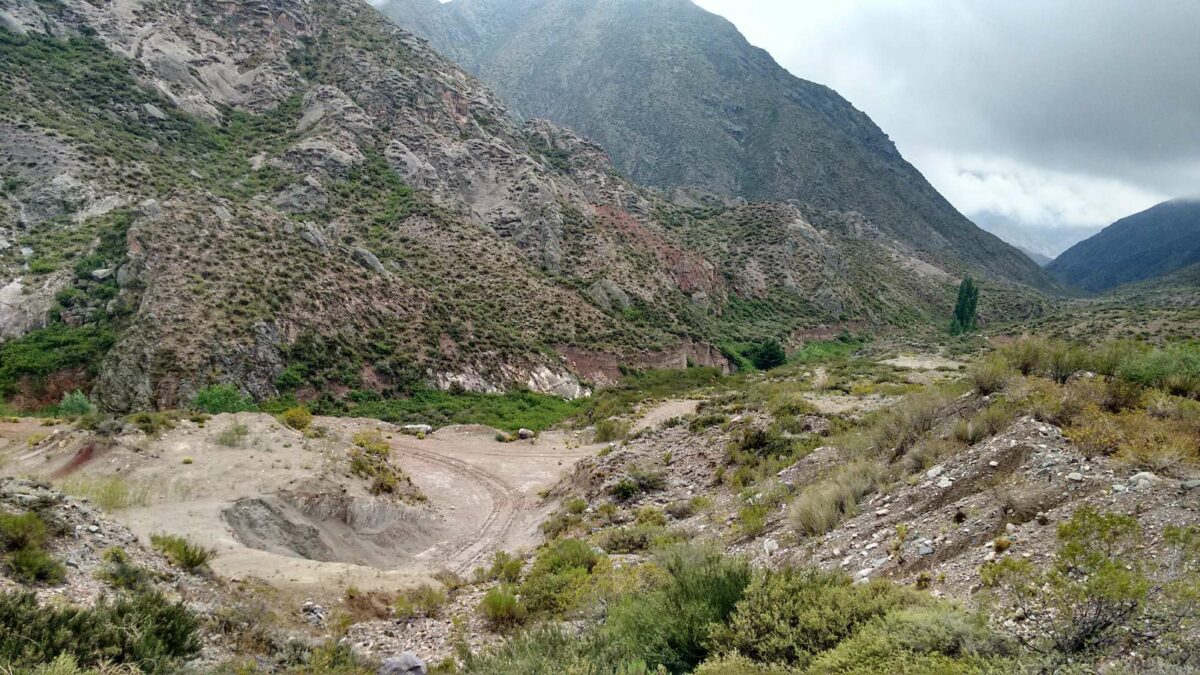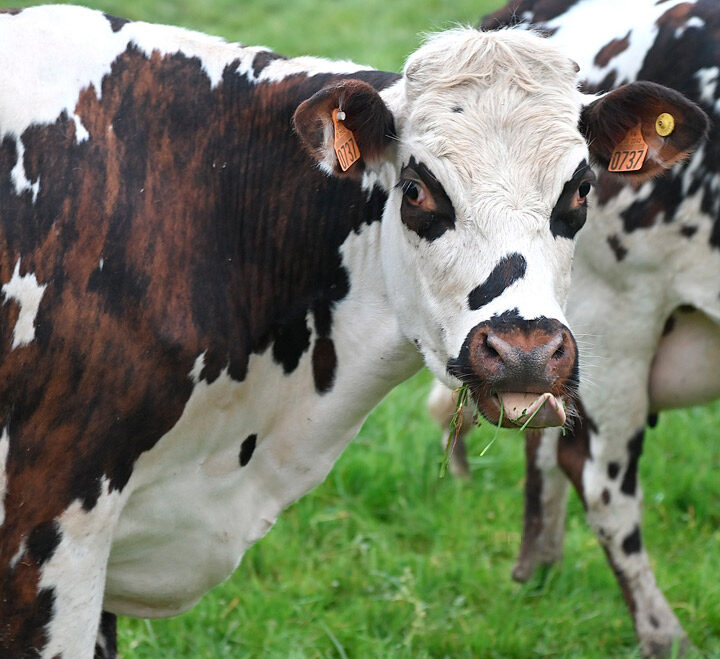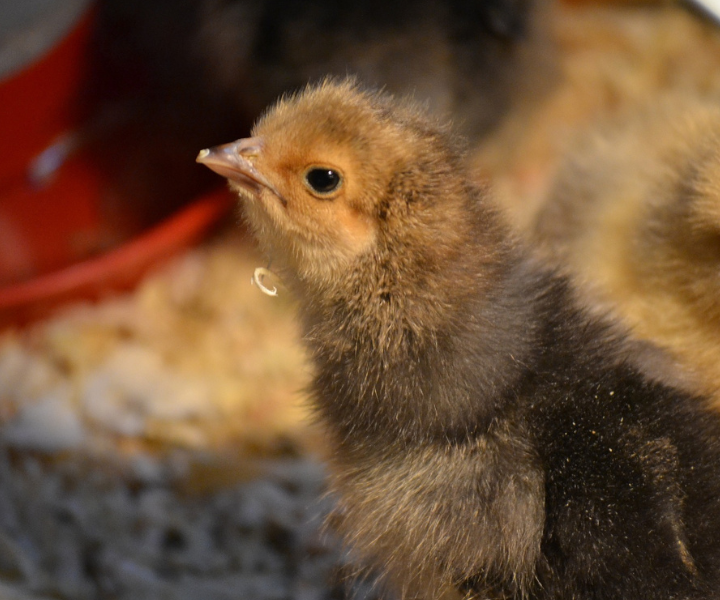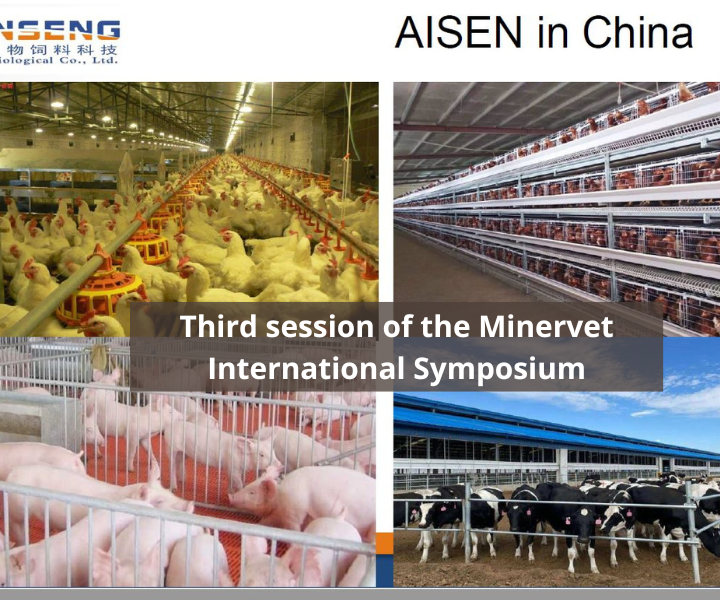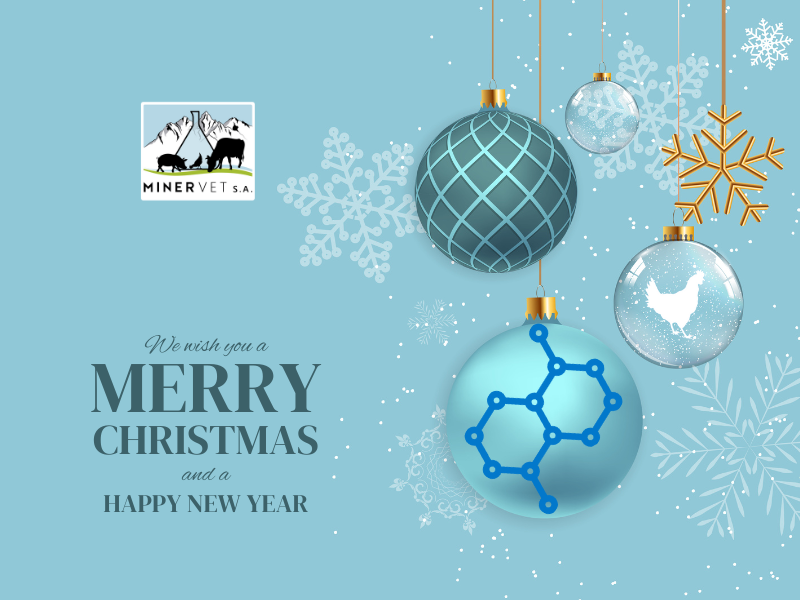
Happy holidays!
21 de December de 2022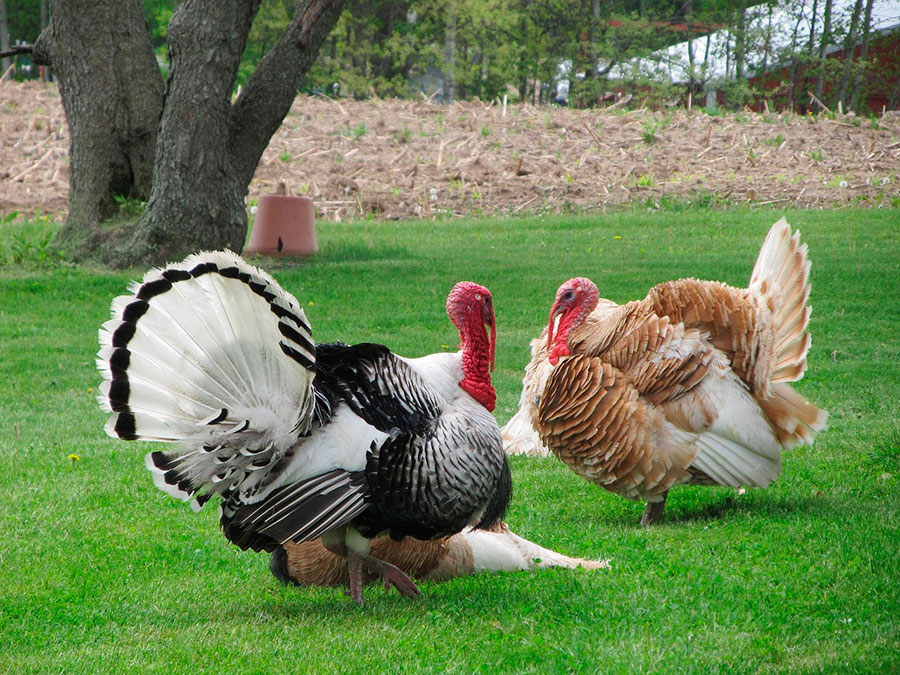
Turkey Industry in Latin America
24 de February de 2023The molecule defined under the name Polysilicol that makes up some types of silicates has been shown to have a specific function in the bind of mycotoxins present in compound foods and grains destined for animal feed.
These types of minerals are made up of small crystalline particles (<2µm) called clay minerals. Its inorganic nature is composed of Silicon, Aluminum, water, frequently iron and alkaline and alkaline-earth materials in small amounts.
These crystalline structures that form two large groups by their union forming layers of tetrahedrons and octahedrons vary according to the packing of their layers, giving rise to subgroups and species according to chemical composition, geometry, or superposition of their individual layers.
Minerals containing the polysilicol molecule are considered highly plastic and expansive with important “adsorption” properties that come from their high surface area, swelling capacity, and cation exchange capacity (CEC). These adsorption processes are physical capillary retention processes from the adsorbent to the adsorbate, which in our case corresponds to the toxins present in the feed.
However, adsorption is not only limited to the surface of the particles, but also extends to the interlayer space, so the specific surface area is defined as the outer surface area, plus the inner surface area of the constituent particles per unit mass expressed in m2/g. This space can be increased by generating a greater number of binding sites.
The activation processes applied during mineral processing at an industrial level seek to optimize the physicochemical, swelling and adsorption properties, adjusting them to a specific type of use.
The polysilicol molecule present in silicates creates hydrogen bonds between oxygen atoms, with functional hydrogens having the same chemical structure, but present in mycotoxins. Through this union, the mycotoxins cross the gastrointestinal tract and are eliminated with the feces, reducing the negative impact on animal health. Impact derived from intestinal absorption and organic distribution via blood to different organ systems that, depending on the concentration and the affected animal species, will show different symptoms or changes in production parameters.
The minerals obtained from the pre-cordilleran region in Argentina belong to the Mesozoic and show excellent quality for use in animal feed, due to the high capacity to adhere mycotoxins, even 8 times higher than other clays, the purity of the extracted mineral and the chemical safety of the same with respect to heavy metals dioxins, furans and PCBs. The latter are toxic compounds generated by natural chemical processes. The deposit of these contaminants in the environment can be transferred to animals and humans through the consumption of contaminated feed.

